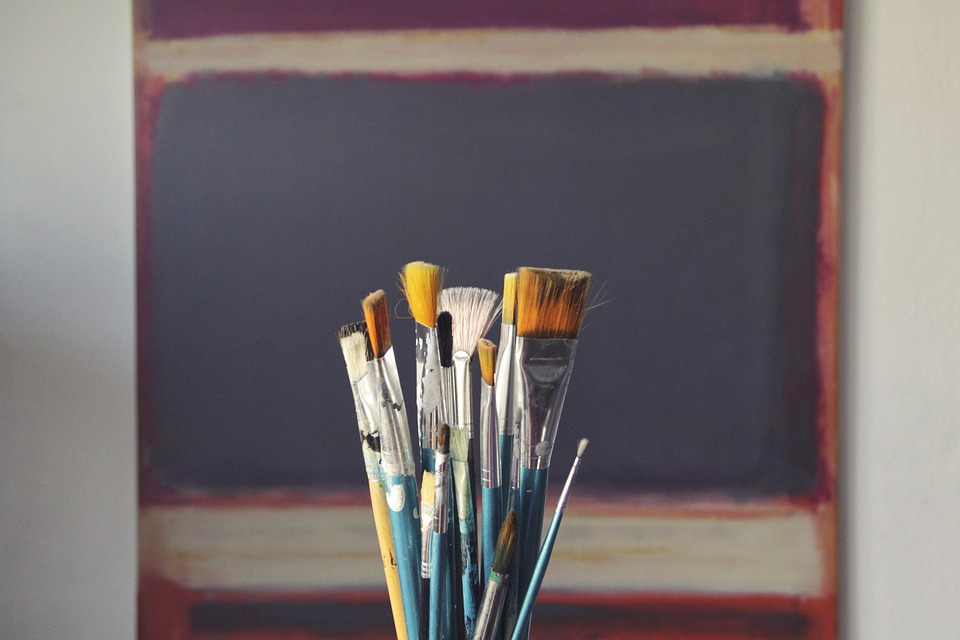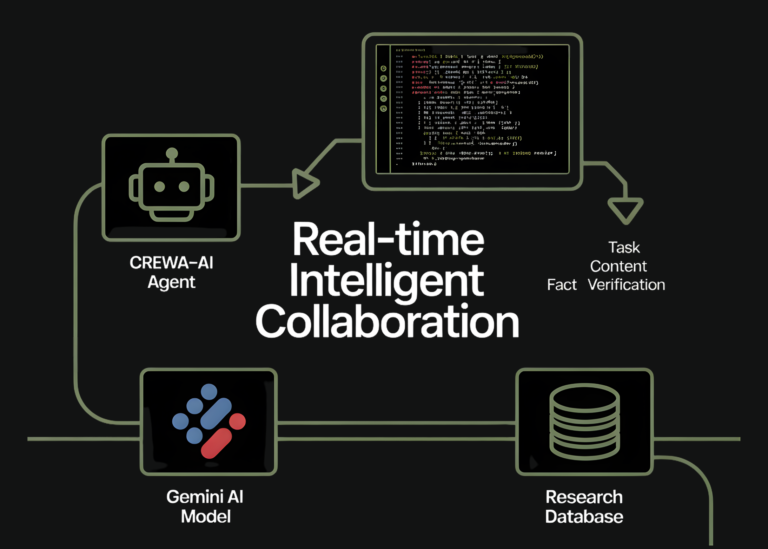AI Tools for Generating Realistic Image Art: A New Era of Creativity and Controversy
In recent years, artificial intelligence has revolutionized the creative landscape, offering powerful tools that enable the generation of realistic image art. These innovations have not only transformed how art is produced but also sparked discussions about the future of creativity, authorship, and ethics. From generating hyper-realistic portraits to crafting detailed landscapes, AI tools are pushing the boundaries of what’s possible, making it essential to explore their capabilities, applications, and implications.
What Are AI Tools for Realistic Image Art?
AI tools for realistic image generation leverage advanced algorithms to create images that mimic real-world visuals with striking accuracy. Unlike traditional art tools, which require manual input, these systems analyze vast datasets of images to learn patterns, textures, and styles, then generate new content based on user prompts. The goal is to produce images that are indistinguishable from photographs or highly detailed digital art, opening new avenues for artists, designers, and hobbyists.
Popular AI Tools for Realistic Image Art
1. DALL-E
Developed by OpenAI, DALL-E is renowned for its ability to create realistic images from text prompts. The latest version, DALL-E 3, offers enhanced detail and control, allowing users to generate complex scenes with precision. It’s widely used in design, marketing, and concept art, enabling users to visualize ideas quickly without specialized skills.
2. Midjourney
Midjourney, a popular AI tool, is celebrated for its artistic flair and user-friendly interface. Its latest iteration, v5, produces photorealistic images with nuanced details, making it a favorite among digital artists. Users often tweak parameters like style, lighting, and perspective to refine outputs, fostering a collaborative process between human and machine.
3. Stable Diffusion
Created by Stability AI, Stable Diffusion is an open-source model that provides flexibility for customization. Tools like Stable Diffusion XL (SDXL) offer higher resolution and better control over complex imagery. Artists can run the model locally or use online platforms, making it accessible to a broad audience. It’s particularly valued for its adaptability in various creative workflows.
4. Other Innovators
Platforms like Artbreeder allow for iterative refinement of images, blending existing art to create unique works. Runway ML integrates AI tools into creative software, streamlining tasks like image editing and generation. Meanwhile, Adobe Firefly is gaining traction for its seamless integration with Adobe’s ecosystem, catering to professionals and casual users alike.
The Technology Behind Realistic Image Generation
The magic behind these tools lies in diffusion models and generative adversarial networks (GANs). Diffusion models work by "denoising" random noise to create coherent images, while GANs involve two neural networks—generator and discriminator—that compete to refine outputs. These technologies enable AI to understand and replicate intricate details, from lighting effects to anatomical accuracy, resulting in lifelike visuals.
Impact on the Art World
Accessibility and Efficiency
AI tools have democratized art creation, allowing non-experts to generate professional-quality images with minimal effort. Designers can prototype concepts rapidly, while artists explore new styles and ideas. For instance, a photographer might use AI to enhance or alter images, or a game designer could generate textures and environments efficiently.
Creative Collaboration
Many artists view AI as a collaborator rather than a replacement. Tools like Midjourney and Stable Diffusion enable human-AI symbiosis, where artists guide the process with prompts and refine outputs. This partnership has led to innovative works, such as AI-assisted paintings that blend traditional techniques with digital precision.
Ethical and Legal Challenges
The rise of AI art has ignited debates about copyright and originality. Critics argue that training data often includes copyrighted material, raising questions about ownership. Additionally, the potential for misuse—such as creating deepfakes or misleading images—poses risks. Legal frameworks are still catching up, with ongoing discussions about how to protect creators and ensure ethical use.
Case Studies and Examples
Notable examples include the AI-generated portrait Edmond de Belamy by Obvious, which sold for $432,500 at Christie’s, highlighting AI’s growing acceptance. Artists like Refik Anadol use AI to create immersive installations, merging data and visual art. In gaming, companies like NVIDIA employ AI to generate realistic textures and environments, reducing production time.
The Future of AI in Realistic Image Art
Looking ahead, trends suggest higher resolution and better user control, with tools like SDXL offering more detailed outputs. Integration with AR/VR could revolutionize interactive art, while advancements in prompt engineering will enhance customization. However, challenges remain, including addressing biases in training data and establishing clear legal guidelines.
Conclusion
AI tools for generating realistic image art represent a transformative shift in creativity, empowering users and expanding artistic possibilities. Yet, their rise necessitates careful consideration of ethical and legal dimensions. As technology evolves, the balance between innovation and responsibility will shape how AI continues to influence the art world. Whether as a tool for inspiration or a medium for new expressions, AI’s role in art is undeniably profound, inviting both excitement and scrutiny in equal measure.







